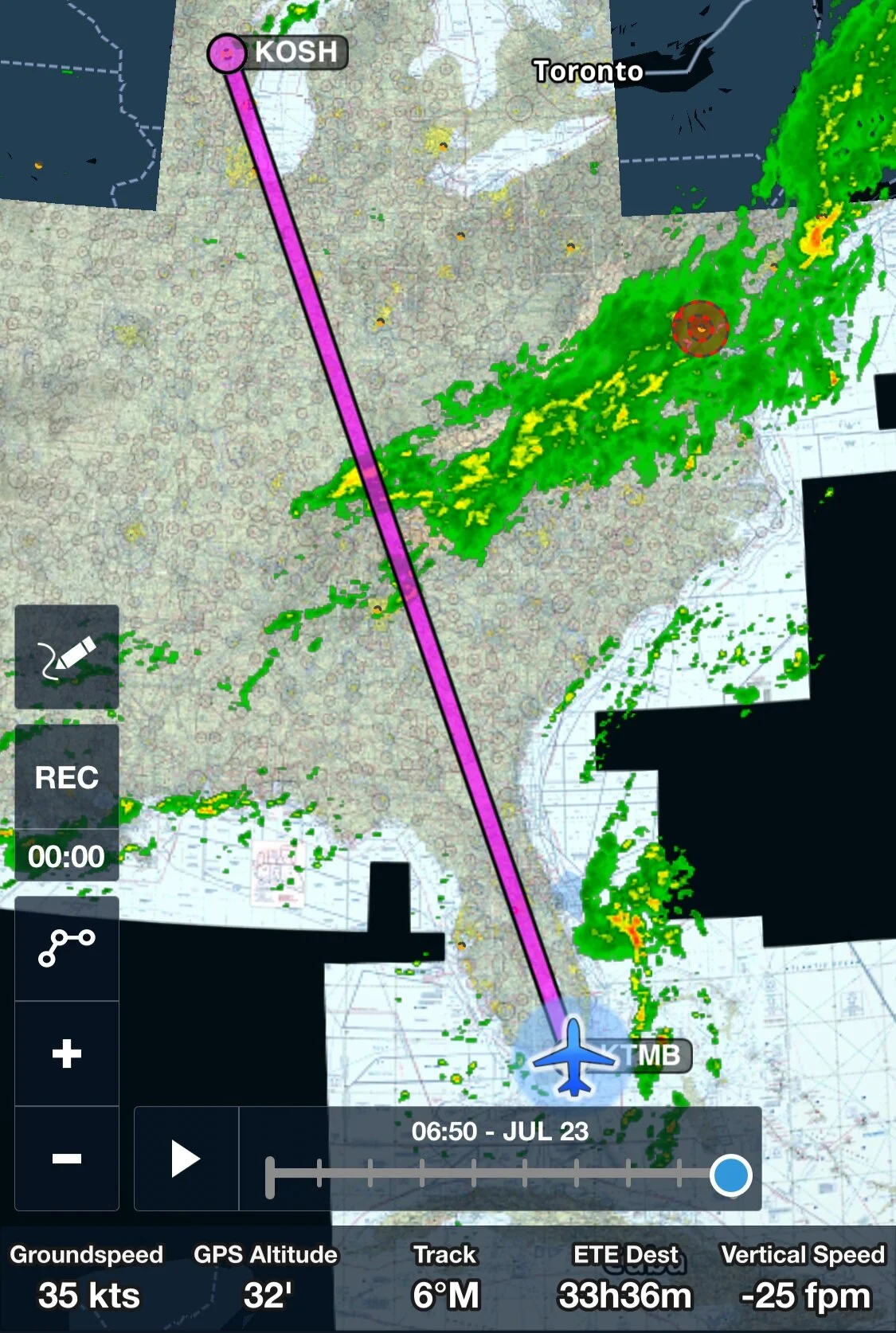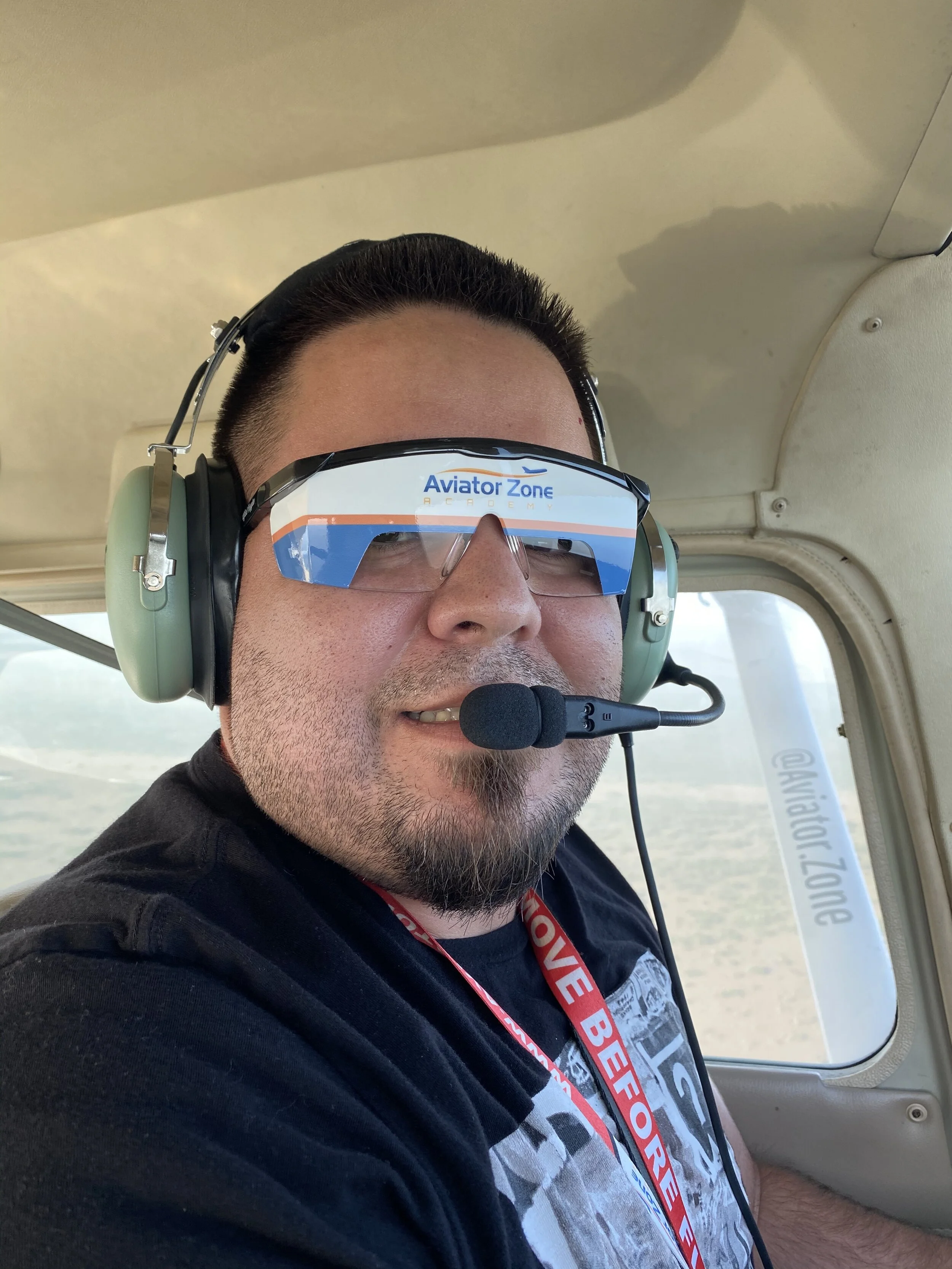Growing up, I often wondered how I will complete all the flight hours needed to earn my instrument and commercial rating. Yes, I too struggled to pay for flight training. With that memory in my mind, I knew that I had to do anything I could to help students that go through our flight training program and give them the best guidance. Hence why at Aviator Zone Academy, we allow our students to share the cost of time building!

Is it legal?
Two pilots logging Pilot In Command (PIC) time is totally legal, no matter what your school says. It’s possible they have rules in place so they can sell twice as many hours.
Here’s how to do it.
To describe how it can be logged, we will do an example of a cross-country flight with Pilot A and Pilot B. They will be flying a Cessna 172 from Miami Executive Airport to Naples Airport. Pilot A will be flying the first leg (TMB-APF). Pilot B will act as the safety pilot when Pilot A wears a view limiting device. Pilot B will log this time as Pilot in Command (PIC). Once Pilot A removes the view limiting device, then Pilot B can no longer log PIC. On the return trip, Pilot B will be the pilot flying, and Pilot A will be the safety pilot. The same applies when Pilot B wears the view limiting device. Both pilots will log total time for both legs. Only the pilot flying can log PIC and cross country during the entire leg. The safety pilot can only log PIC for the time the pilot flying uses the view limiting device. Both pilots will add the name of the safety pilot in their logbooks.
Here is how it would look in your logbook:

Safety Pilot Requirements
FAR §91.109 says a safety pilot is required for simulated instrument flight (as a required crewmember) and that the safety pilot must have:
a valid private pilot certificate §91.109(b)
appropriate category & class ratings §91.109(b)
a current medical certificate §61.31(d)(1); §61.51(e)(1)(iii), §61.51(f)(2), §61.56(c), and §61.57(c).
and meet all the other pilot-in-command currency requirements §61.3.
How do you pay?
Typically, both pilots will pay 50/50. Meaning if the total flight time was 3 hrs. Each will pay 1.5 hrs.
Key Things to Remember
Make sure to identify who will be the PIC for the leg.
Always use positive exchange of flight controls.
Always stay vigilant when the other pilot is using the foggles.
Use flight following as an added measure of safety.
Go on a long flight. The longer the better. Any time taxing, taking off, and landing can’t be logged as PIC by both pilots.
Use good CRM
Most importantly, enjoy the flight and learn from each other. This will be a rewarding part of flight training.
FAA Legal Interpretation
The FAA has responded to a question regarding this subject. For more information please read the letter found here.



.png?width=178&height=50&name=Aviator%20Zone%20Academy%20(5).png)
Submit a Comment